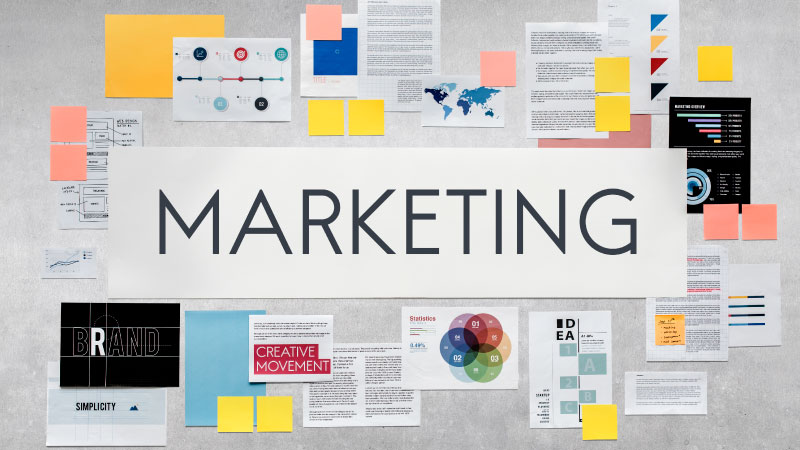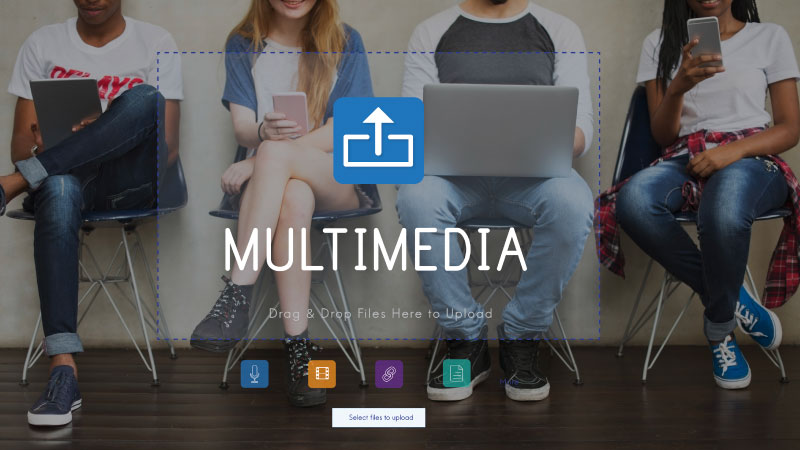In today’s digital landscape, multi-channel marketing is essential for the success of any event. By leveraging various marketing channels, you can reach a broader audience, engage potential attendees through their preferred platforms, and boost overall event visibility. Here’s a detailed guide on how to effectively utilize multi-channel marketing to promote your event.

1. Understanding Multi-Channel Marketing
What is Multi-Channel Marketing?
Multi-channel marketing involves using multiple platforms and communication channels to promote and manage your event. This approach ensures that your message reaches different segments of your audience, maximizing engagement and participation.
Why Use Multi-Channel Marketing?
Different audiences prefer different communication channels. By employing a multi-channel strategy, you can effectively reach and engage with a diverse audience, increasing your event’s chances of success.
2. Identify Your Target Audience
Segment Your Audience
Begin by segmenting your audience based on demographics, interests, and behaviors. Understanding these segments helps in tailoring your messages and choosing the right channels for each group.
Choose the Right Channels
Select channels that align with where your target audience is most active. Common channels include social media, email, search engines, and industry-specific forums.

3. Develop a Cohesive Strategy
Create a Unified Message
Ensure that your message is consistent across all channels. A unified message helps in building brand recognition and reinforces your event’s key points and value propositions.
Tailor Content for Each Channel
While your core message should remain consistent, adapt the content to suit each channel. For example, use engaging visuals for social media, detailed information for email campaigns, and concise, impactful headlines for search ads.
4. Leverage Social Media
Utilize Various Social Platforms
Promote your event on multiple social media platforms such as Facebook, Instagram, Twitter, LinkedIn, and TikTok. Each platform has its unique audience and style, so tailor your content accordingly.
Engage with Your Audience
Interact with your audience through posts, comments, and direct messages. Create engaging content such as behind-the-scenes looks, countdowns, and interactive polls to build excitement.
Use Paid Advertising
Consider using paid social media advertising to boost your reach. Platforms like Facebook and Instagram offer targeted advertising options to help you reach specific demographics.
5. Implement Effective Email Marketing
Build and Segment Your Email List
Develop an email list with potential attendees, partners, and previous participants. Segment your list to send targeted messages based on user interests and engagement levels.
Craft Compelling Emails
Design visually appealing and informative emails. Include key details about the event, call-to-action buttons, and personalized messages to increase open and click-through rates.
Use Automated Campaigns
Set up automated email sequences for event reminders, registration confirmations, and follow-ups. Automation helps in managing communication efficiently and ensures timely delivery of important information.
6. Optimize for Search Engines
Invest in Search Engine Optimization (SEO)
Optimize your event website and landing pages with relevant keywords to improve search engine rankings. This helps potential attendees find your event through organic search.
Utilize Pay-Per-Click (PPC) Advertising
Use PPC advertising on search engines like Google to drive targeted traffic to your event pages. Well-targeted ads can increase visibility and attract potential attendees actively searching for relevant events.

7. Engage Through Industry-Specific Platforms
Promote on Industry Forums and Blogs
Share your event details on industry-specific forums, blogs, and communities. Engage with users and contribute valuable content to generate interest and attract attendees from relevant sectors.
Collaborate with Industry Influencers
Partner with influencers or thought leaders in your industry to promote your event. Their endorsement can lend credibility and expand your reach to their followers.
8. Monitor and Analyze Performance
Track Performance Across Channels
Use analytics tools to monitor the performance of your marketing efforts across different channels. Track metrics such as click-through rates, engagement levels, and conversion rates to assess effectiveness.
Adjust Strategies Based on Insights
Analyze the data to understand which channels and tactics are performing best. Adjust your strategy based on these insights to optimize your marketing efforts and improve results.
Utilizing a multi-channel marketing approach allows you to reach a wider audience and engage them through their preferred platforms. By developing a cohesive strategy, tailoring content for each channel, and continuously analyzing performance, you can effectively promote your event and enhance its overall success. Embrace the power of multi-channel marketing to maximize your event’s visibility and drive higher engagement and attendance.



